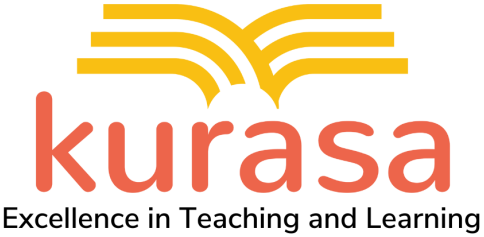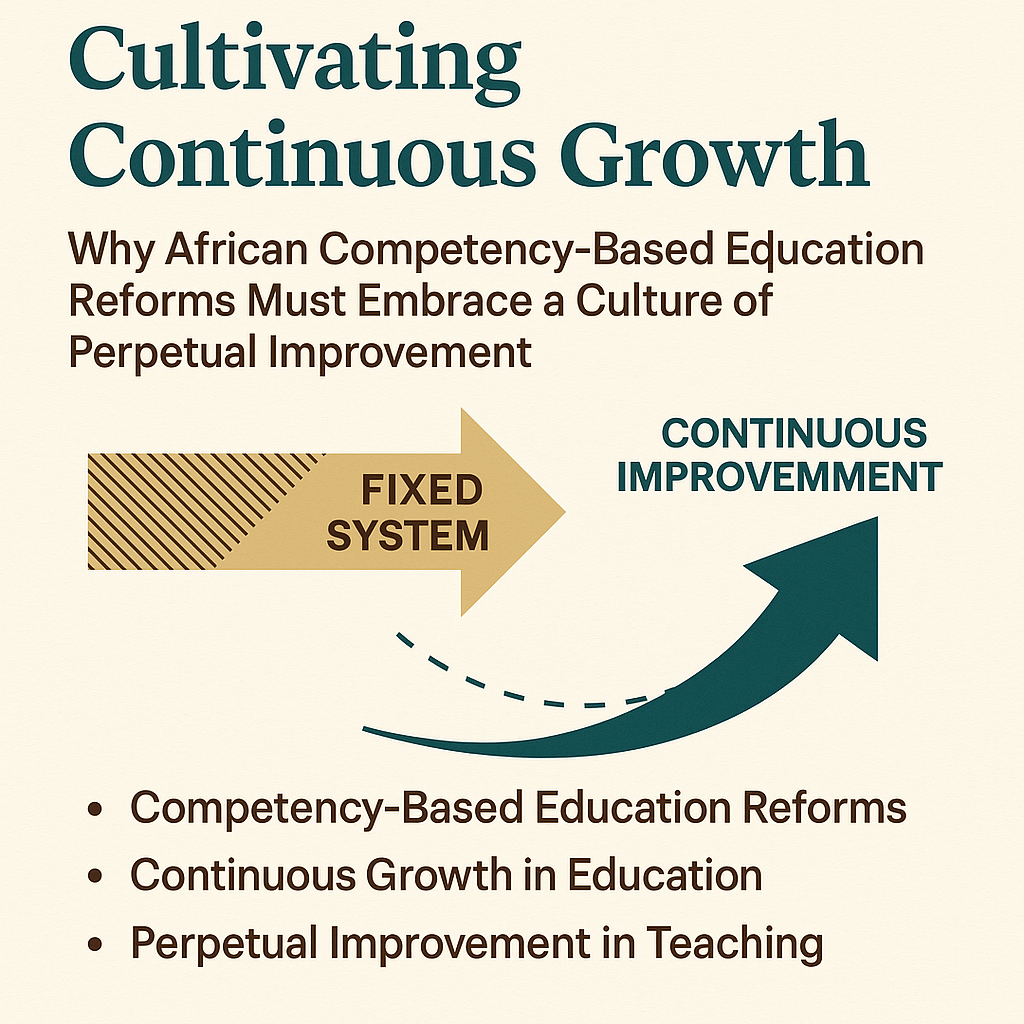As the new school term kicks off in Kenya, the country finds itself in the midst of a significant teachers’ strike, or “mgomo ya walimu,” highlighting the broader challenges in the education sector. The current situation offers an opportunity to reflect on the state of education, particularly in relation to the role of EdTech in addressing these challenges. Here are three key observations that relate to the ongoing strike and the broader educational landscape in Kenya:
1. Struggling Academic Performance Amidst Strike Uncertainty
Kenyan students, like their counterparts in the US, are grappling with academic challenges, particularly in critical subjects like mathematics and reading. The prolonged closure of schools during the COVID-19 pandemic exacerbated learning gaps, and despite various interventions, progress has been slow. The ongoing teachers’ strike further threatens to widen these gaps, as students miss out on valuable instructional time.
The strike also complicates the situation for schools that are already struggling with limited resources. Just as in the US, where schools are becoming more selective about EdTech tools due to budget constraints, Kenyan schools may face similar pressures. With budgetary reallocations likely to address the demands of striking teachers, schools might prioritize EdTech solutions that offer a comprehensive, one-stop-shop approach. Tools that can demonstrate proven efficacy, facilitate remote learning, and offer robust management features are likely to be prioritized in the Kenyan market as well.
2. Impact on Teacher Availability and the Role of Substitute Teachers
The teacher shortage in Kenya, exacerbated by the strike, mirrors the challenges faced in the US regarding substitute teachers. In Kenya, the reliance on untrained or underqualified individuals to fill teaching roles is not uncommon, particularly in under-resourced areas. The ongoing strike brings this issue to the forefront, as schools struggle to maintain continuity in teaching.
Kenya could benefit from insights drawn from the US, where substitute teaching is a significant but often overlooked aspect of education. Programs like Washington’s Emergency Substitute Teacher Support Program could serve as models for Kenya, helping to ensure that substitute teachers are adequately trained and supported. Moreover, the potential of EdTech to support substitute teachers—through platforms that provide lesson plans, teaching materials, and classroom management tools—should not be underestimated. EdTech companies in Kenya might consider developing solutions tailored to this need, helping to bridge the gap during strikes and other disruptions.
3. Curriculum Planning and Alignment in the Face of Financial Pressures
Curriculum planning remains a critical expense for schools, and in Kenya, this is particularly evident as schools navigate the implementation of the Competency-Based Curriculum (CBC). Similar to the US, where districts spend millions on curricula, Kenyan schools are also investing heavily in aligning their teaching materials with national standards. However, the financial strain caused by the strike may force schools to rethink their spending priorities.
In this context, the role of EdTech becomes even more crucial. Schools might turn to digital platforms that offer customizable, standards-aligned curricula that teachers can easily adapt to their classrooms. The ability to tailor content to the specific needs of Kenyan students while ensuring alignment with the CBC could be a game-changer. Additionally, as budget constraints tighten, schools may increasingly rely on locally developed curricula, potentially creating opportunities for Kenyan EdTech companies to fill this gap.
Conclusion: Leveraging EdTech for a Better Future
The ongoing teachers’ strike in Kenya underscores the broader challenges facing the education sector, from struggling academic performance to teacher shortages and financial pressures on curriculum planning. However, it also highlights the potential for EdTech to play a transformative role in addressing these issues. By prioritizing comprehensive, effective, and adaptable solutions, Kenyan schools can navigate these challenges more effectively and ensure a better educational experience for students across the country.
As we look ahead, the question remains: Can EdTech help Kenya avoid the educational pitfalls of the past and pave the way for a brighter future? The answer lies in how we leverage technology to meet the needs of our students, teachers, and schools in this critical time.


